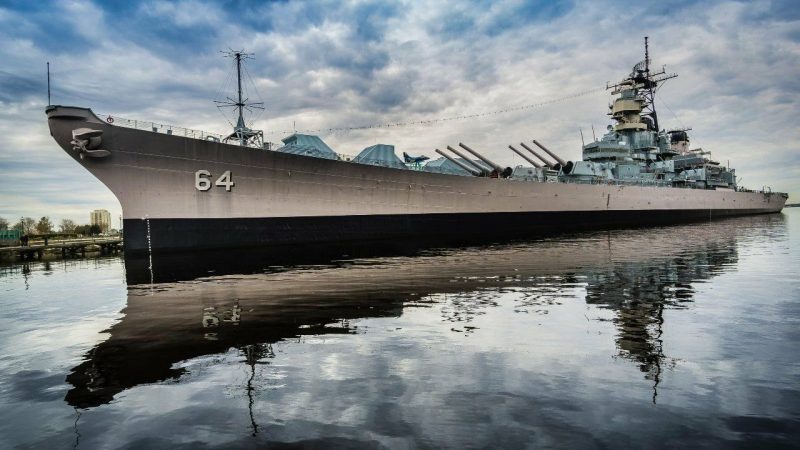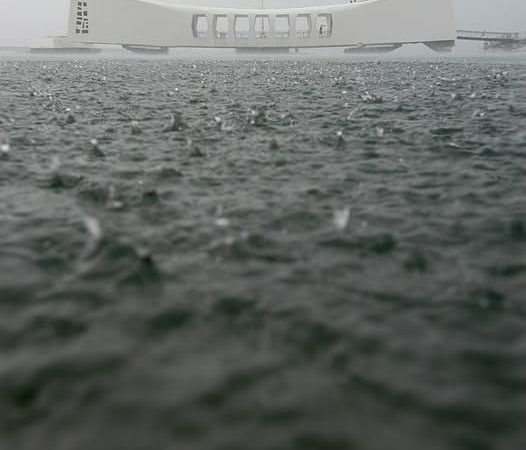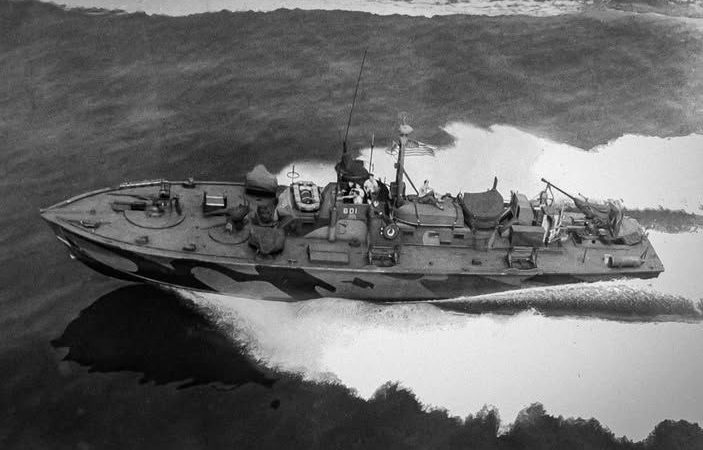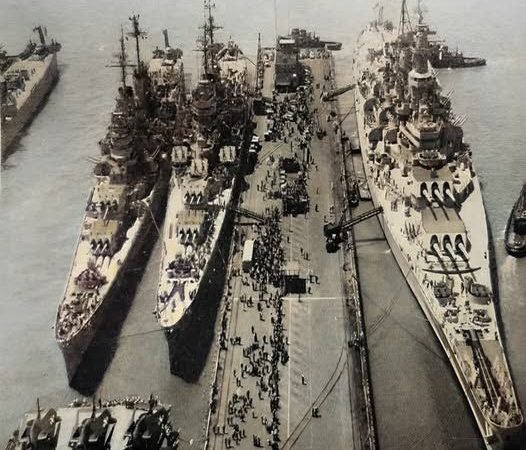September 7, 1944: When USS Miami Turned Palau into a Furnace of Fire
The bombardment was part of the preparations for the Battle of Peleliu, which would become one of the fiercest and most controversial battles of World War II. The USS Miami, which had only been commissioned in early 1944, quickly proved to be an indispensable part of the US naval task force, with its powerful firepower and agile speed. On Cleveland-class light cruisers such as the USS Miami (CL-89), the main guns used were the 6-inch/47 caliber (152 mm) guns – the main weapons that provided artillery fire against land targets such as the raid on the Palau Islands on 7 September 1944.

Details of the USS Miami 6-inch (152 mm) shells:
Caliber: 6 inches (152 mm)
Overall shell length: approximately 97 cm (38 in)
Case diameter: approximately 15.2 cm (6 in)

Weight of empty shell: approximately 8–10 kg, depending on type
Weight of full shell: approximately 59 kg (130 lb) each (including shell and propellant)
Material: typically brass or copper-clad steel – durable, heat-resistant, and easy to handle during reprocessing loading
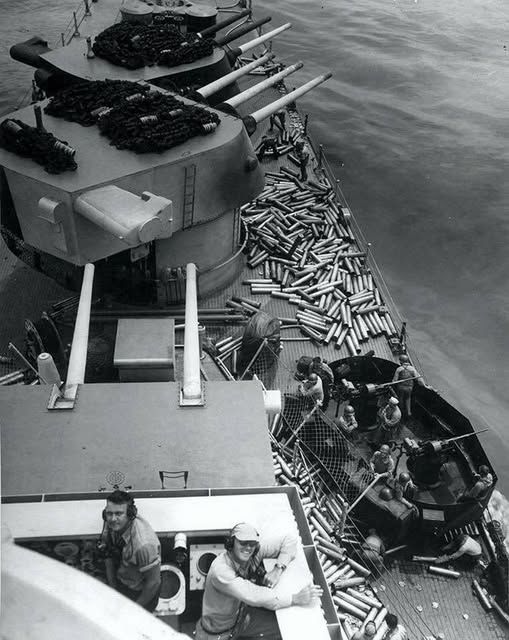
Structure: separate-loading ammunition, meaning the bullet and the propellant are loaded separately, the shell is only used to contain the propellant.
Firing and shell disposal process:
After each shot, when the gun barrel opens, the shell that has burned the propellant inside will be ejected and fall onto the gun deck, creating a loud sound and the image of scorched shells lying scattered – as recorded in the image on the Miami ship after the shelling of Palau.
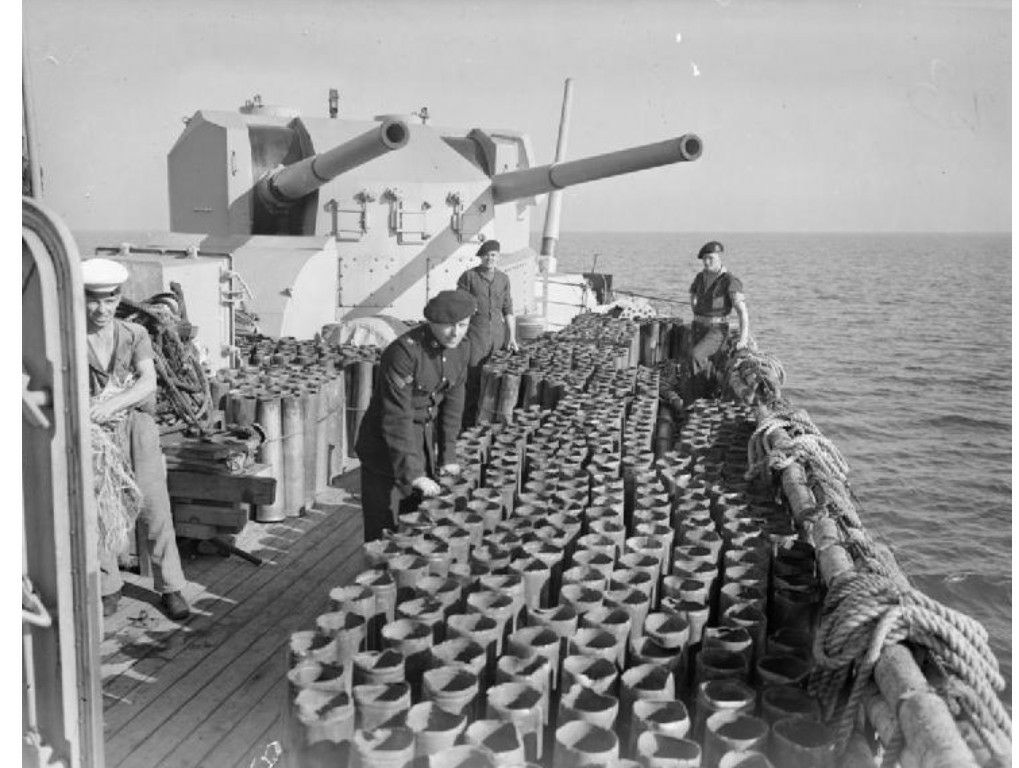
The meaning of shells on the deck:
More than just the physical remains after each artillery barrage, the shiny shells scattered on the deck are a silent symbol of naval power, the efforts of each gunner and the fierce rhythm of modern warfare at sea.
